Jacquard Fabrics: A Deep Dive into the World of Textile Elegance
Jacquard fabrics, known for their intricate designs and intricate weaving techniques, have long been associated with luxury and sophistication. These fabrics, which can be made from cotton, synthetic fibers, or blends, feature patterns that are woven directly into the fabric rather than printed or embroidered onto it.
Jacquard fabrics trace their origins back to the 18th century, with the invention of the Jacquard loom by Joseph Marie Jacquard. This innovative loom allowed for the precise weaving of complex patterns, marking a significant advancement in textile production. Initially, jacquard fabrics were reserved for royalty and the elite, used in garments and decor that required intricate detailing. Over time, the technology spread, and jacquard fabrics became more accessible, yet they remained a symbol of high-end quality and craftsmanship.
Jacquard fabrics are characterized by their intricate designs, which can range from subtle geometric patterns to elaborate floral and mythical motifs. These designs are woven into the fabric using a specialized loom that can control the lifting and lowering of individual warp threads to create the desired pattern. Jacquard fabrics can be divided into two main categories: white weaves and colored weaves. White weaves are typically dyed or bleached after weaving, while colored weaves incorporate different colored threads during the weaving process.
Jacquard fabrics can also be categorized by the size of their patterns. Large jacquard designs, often featuring flowers, dragons, phoenixes, landscapes, or human figures, are created using jacquard machines with hundreds to thousands of warp threads. These designs are stunning and are often used in high-end fashion and interior decoration. Smaller jacquard designs, typically geometric patterns or dots, are woven using multi-arm looms with fewer warp threads and are more suitable for everyday wear.
The production of jacquard fabrics involves several steps, beginning with the preparation of the warp and weft threads. The warp threads are arranged on the loom according to the pattern design, and the weft threads are inserted perpendicularly to create the fabric. The jacquard loom uses a series of cards, called jacquard cards, to control the lifting and lowering of the warp threads, creating the desired pattern.
In recent years, technological advancements have led to the development of electronic jacquard looms, which use computer programs to control the pattern weaving process. This has significantly increased the precision and complexity of jacquard designs, making it possible to create intricate patterns with fine details.
Jacquard fabrics are versatile and can be used for a wide range of applications. In fashion, jacquard fabrics are used to create elegant dresses, suits, and accessories. Their intricate designs and high-end quality make them a favorite among designers and consumers who appreciate luxury and sophistication. In interior decoration, jacquard fabrics are used for curtains, rugs, and upholstery, adding a touch of elegance to any space.



 English
English 한국어
한국어 中文简体
中文简体



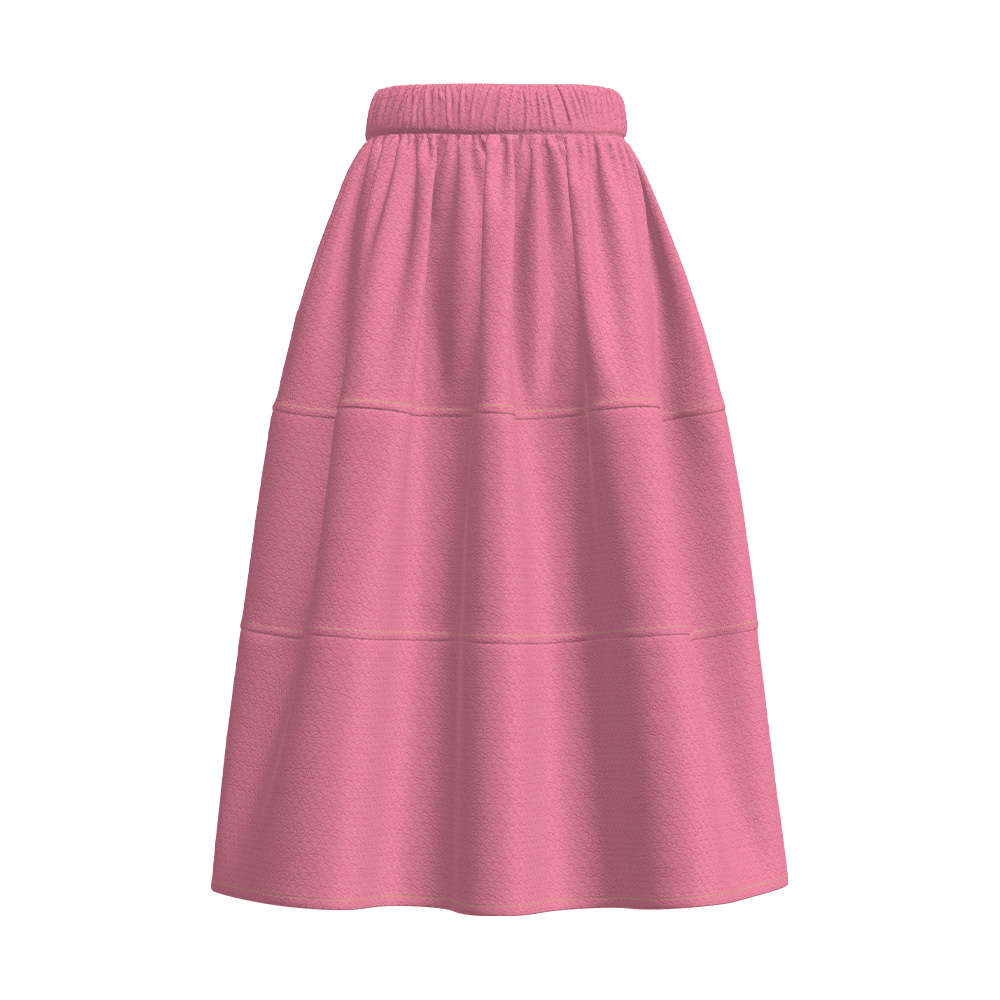

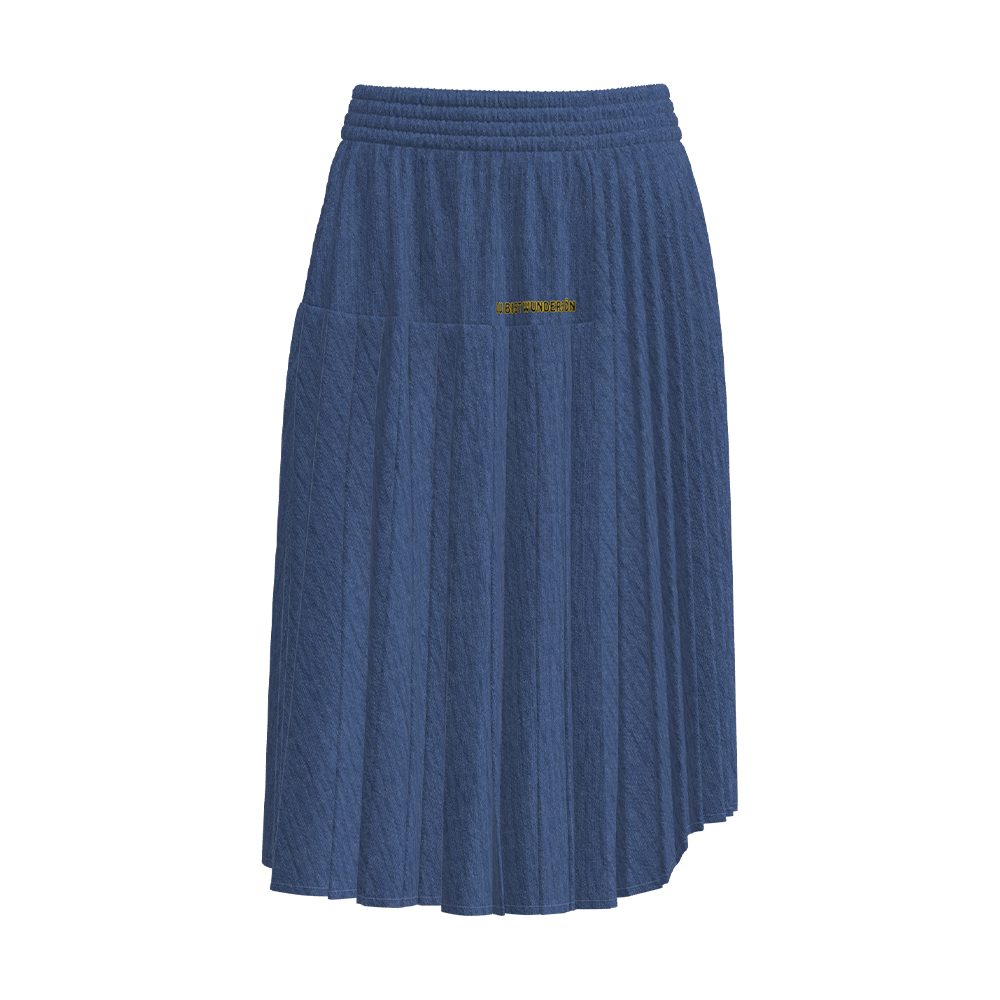
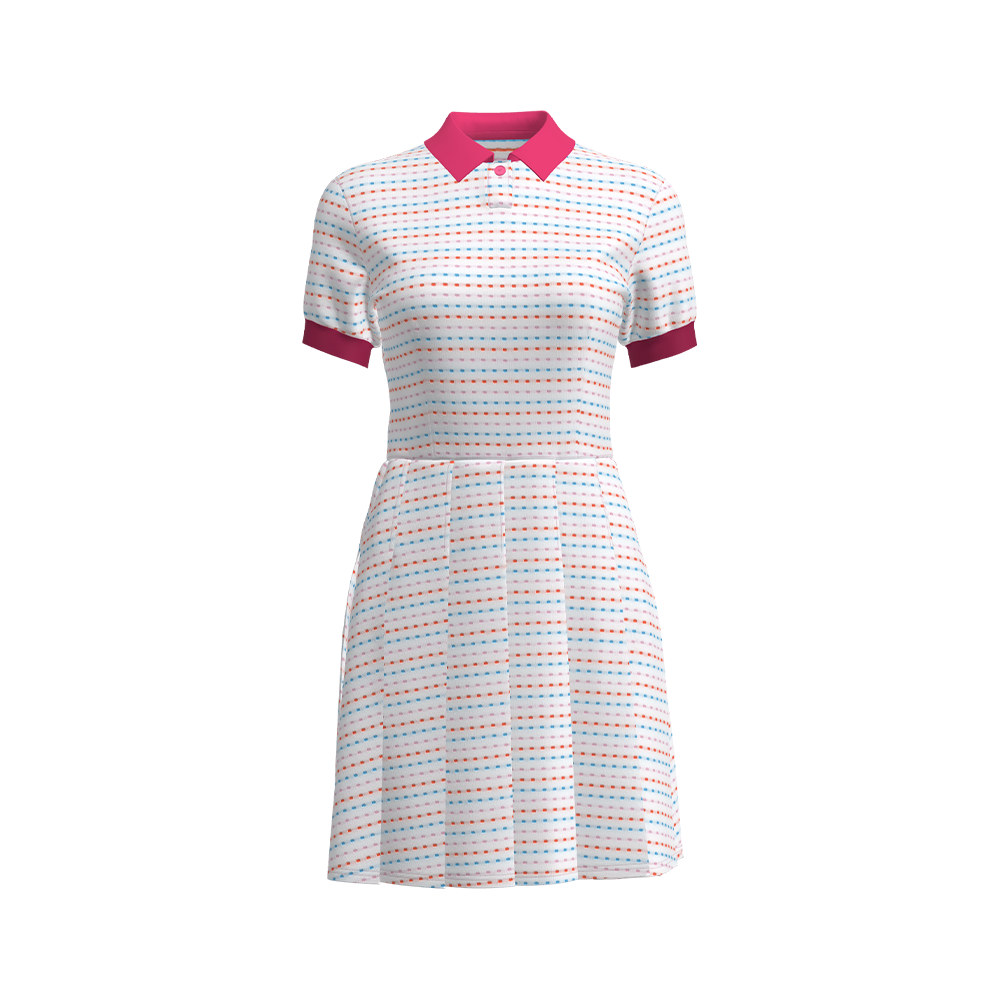








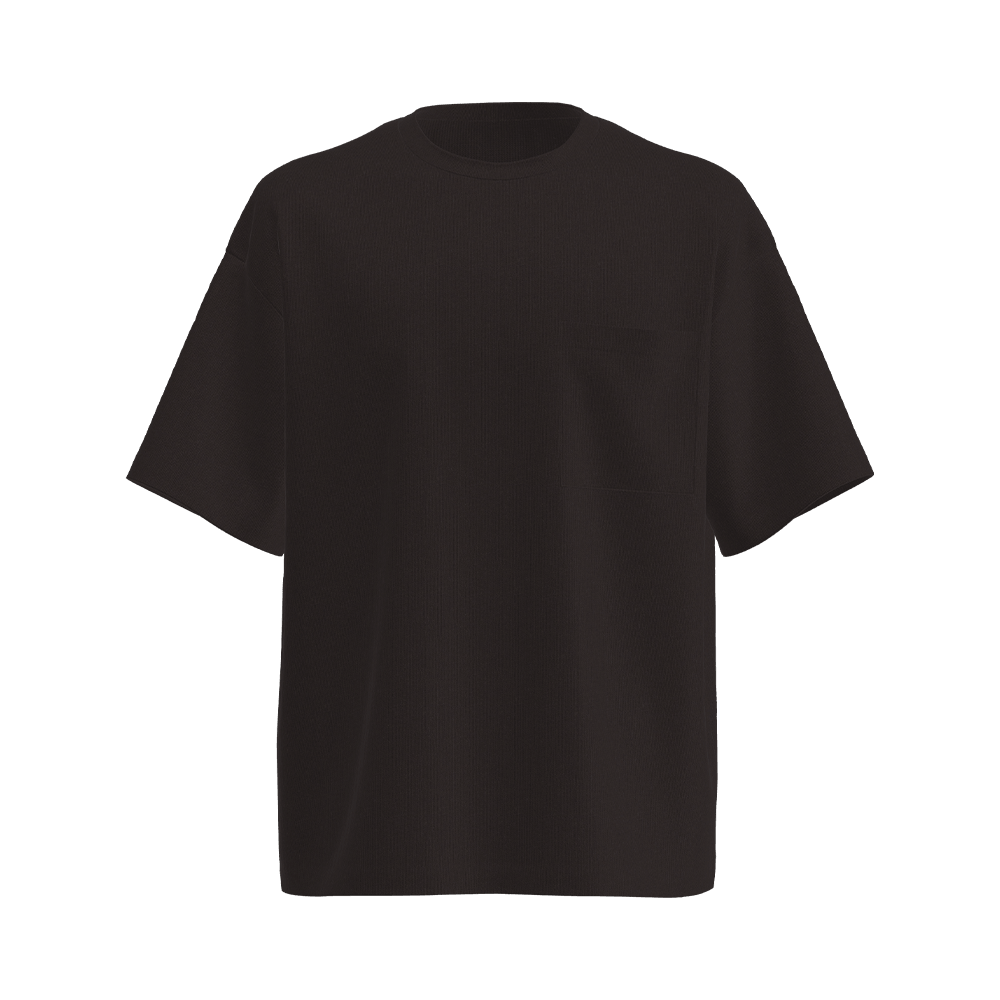
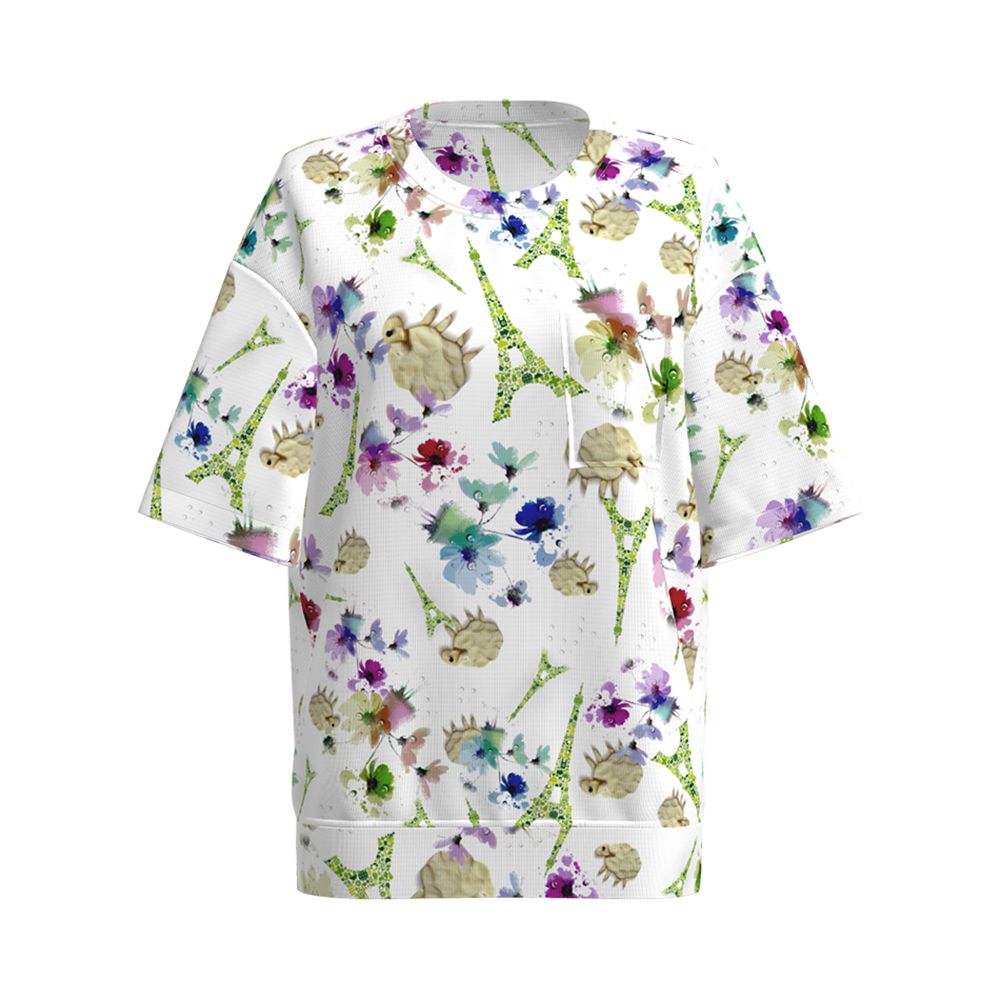
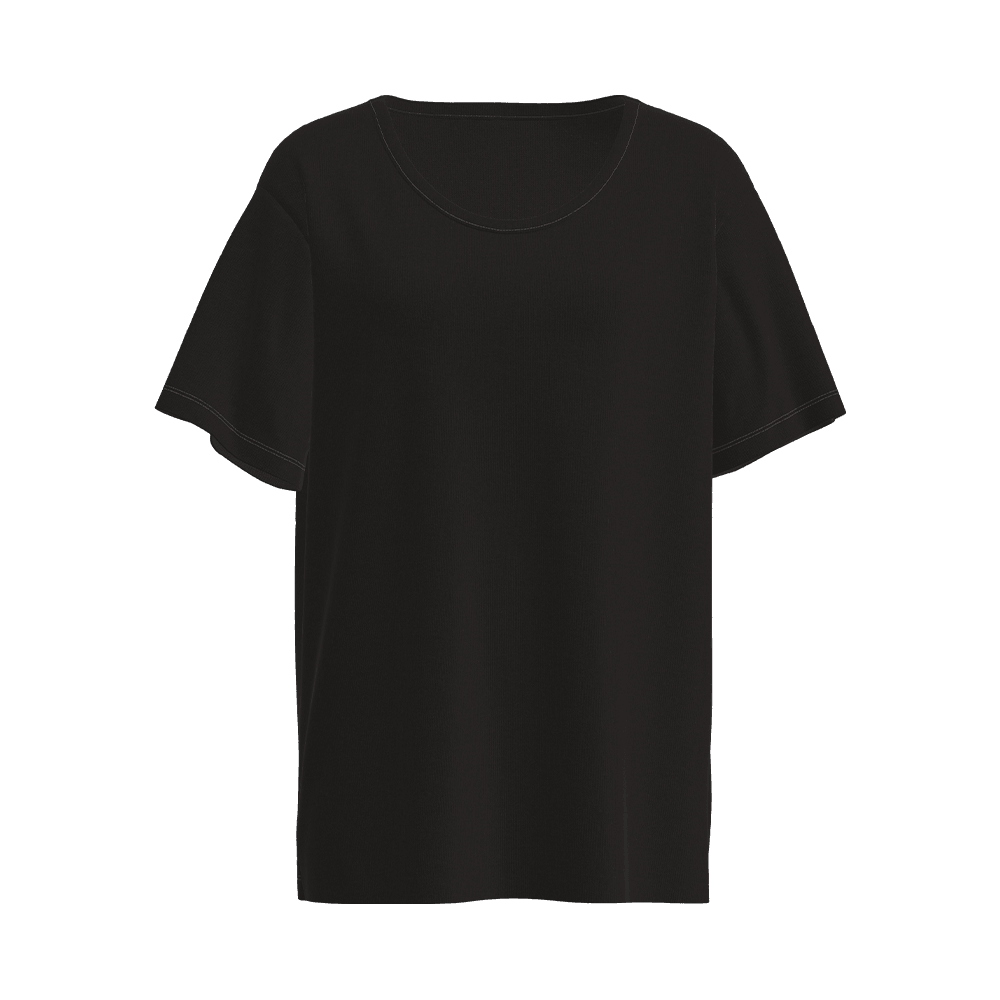



 +86-512-52528088
+86-512-52528088 +86-512-14546515
+86-512-14546515

